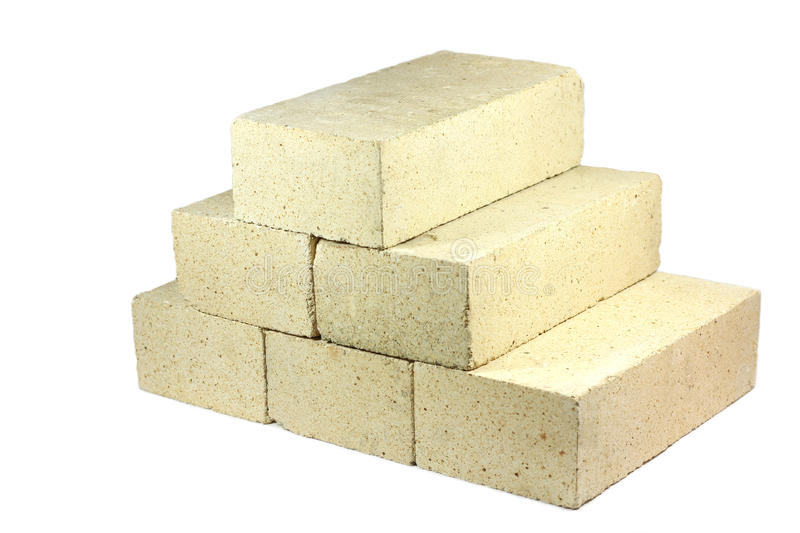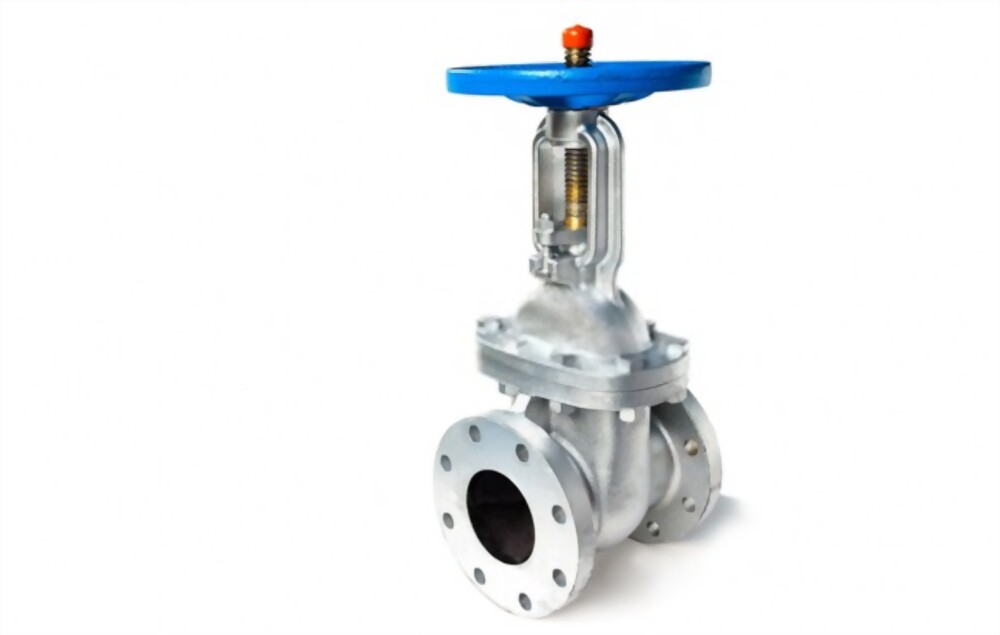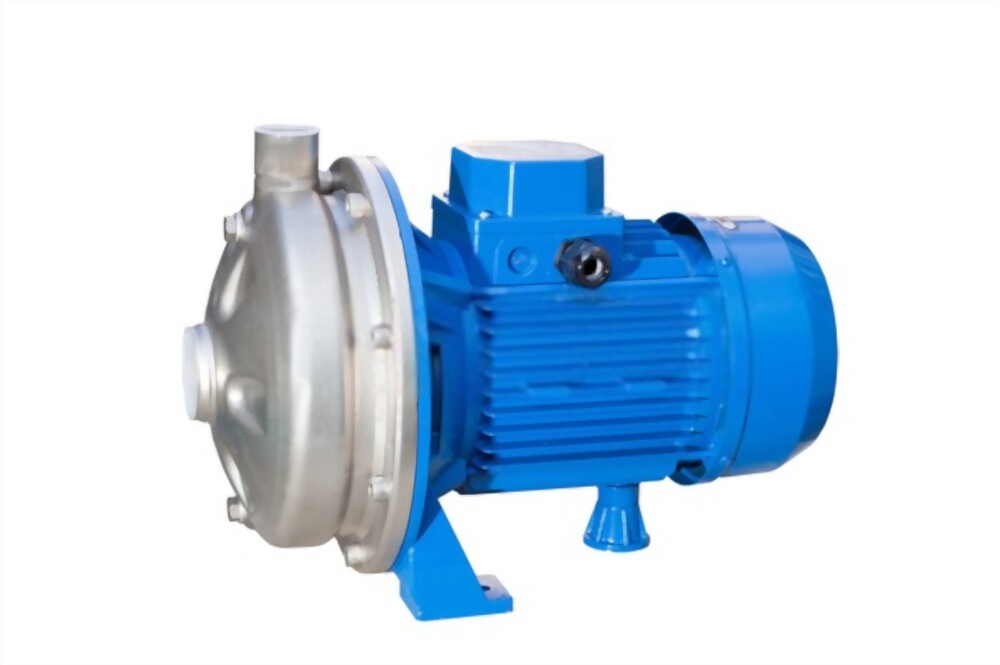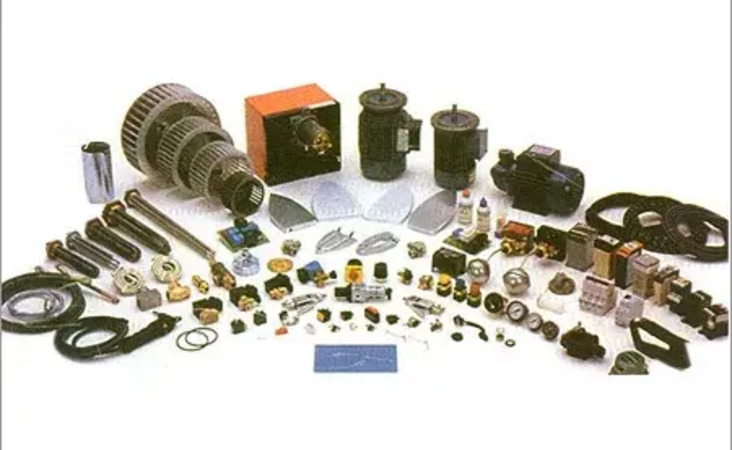About Us
RG Thermal Solution
Water Treatment Plant
We at RG Thermal are engaged in manufacturing and supplying a wide range of Water Treatment Plants, Sewage Treatment Plants, Effluent Treatment Plants and Packaged Water Treatment Plants. Apart from these we also offer package sewage treatment, combined sewage cum food waste treatment plants and combined sewage cum effluent treatment plants. We also offer effective turnkey solutions for these plants to our clients. Our entire range of plants and services are widely demanded in pharmaceutical industry, chemical manufacturing industry and food processing industry to name a few.
Our tremendous success in this highly competitive sector is solely credited to the resources owned by us and our manpower being one of them. We have a team of professionals who have immense expertise in handling the sophisticated manufacturing process and later in providing effectual turnkey services to our clients.
Reverse osmosis is the process of forcing a solvent from a region of high solute concentration through a membrane to a region of low solute concentration by applying a pressure in excess of the osmotic pressure. This is the reverse of the normal osmosis process, which is the natural movement of solvent from an area of low solute concentration, through a membrane, to an area of high solute concentration when no external pressure is applied. The membrane here is semipermeable, meaning it allows the passage of solvent but not of solute.
To illustrate, imagine a semi permeable membrane with fresh water on one side and a concentrated aqueous solution on the other side. If normal osmosis takes place, the fresh water will cross the membrane to dilute the concentrated solution. In reverse osmosis, pressure is exerted on the side with the concentrated solution to force the water molecules across the membrane to the fresh water side.
The membranes used for reverse osmosis systems have a dense polymer barrier layer in which separation takes place. Since Reverse Osmosis does not occur naturally, it must be created by applying pressure to the high solids water in order to force it through the membrane, with pressures from 8 – 14 bar for fresh and brackish water, and 40 – 70 bar for seawater, which has around 24 bar (350 psi) natural osmotic pressure which must be overcome.
Reverse Osmosis Plants
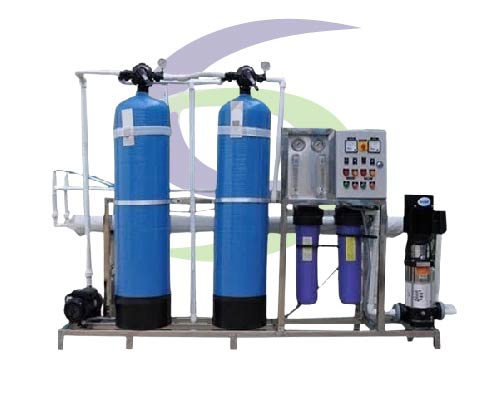
Demineralised plant

Demineralisation is the process of removing mineral salts from water by using the ion exchange process. With most natural water sources it is possible to use Demineralisation and produce water of a higher quality than conventional distillation.
We Manufacture a Wide range of custom-built Demineralised Water plant [DM Plant] in India for industrial process water applications, with inherent design to conserve water, and save costs. The DM Plants [Demineralisation Plants] are available in different sizes and materials, manually operated or fully Automatic, & ready to install & are available as standard models or custom built versions for specific needs.
The Water Softeners are charged with a high capacity polystyrene bead cation exchange resin in sodium form. When hard water passes through this resin column, the hardness forming calcium and magnesium salts are replaced with sodium salts which do not posses any hardness properties. This softening process is continuous until the material is exhausted of sodium salts when it is regenerated with a solution of common salt.
The Water Softener units are designed on the advanced Co current/counter-current principle that ensures consistent good quality treated water.
A typical water softening Plant consists of pre-filters, Water Softener Vessel with Resin, Brine Tank, and accessories.
Water Softeners Plant

Filter
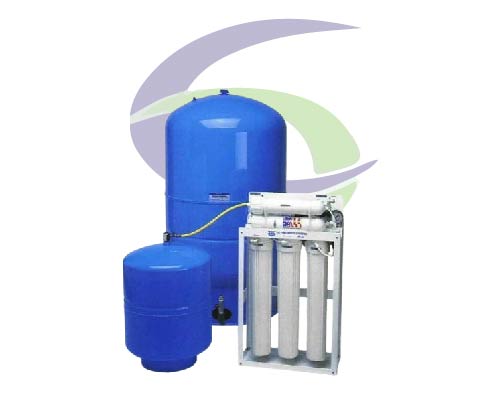
Filtration is an important stage when treating water. Firstly, multiple methods of pre-treatment are common. This could include flocculation, coagulation and sedimentation.
Following pre-treatment, various forms of water filtration can be used. For fine screening, drumfilters and discfilters are common. They remove suspended solids from the water and polish effluent from wastewater treatment plants.
Should media filtration be chosen, pressure gravitational filters can be used. These work by the media forming a barrier to the passage of suspended solids, absorbing some compounds contained in the liquids.
Finally, membrane technologies can be used. These include ultrafiltration, microfiltration, nanofiltration, and reverse osmosis. They will retain different sizes of particles and ions, whilst allowing pure water to flow through.
Iron Removal Plants can be based on different filtration media, depending on the iron and manganese concentration, the oxygen level, CO2 content and hardness of the water. Plant principle: First, air is injected in order to oxidize the iron. The oxidized iron will then precipitate on a sand filter.
Iron Removal Plants
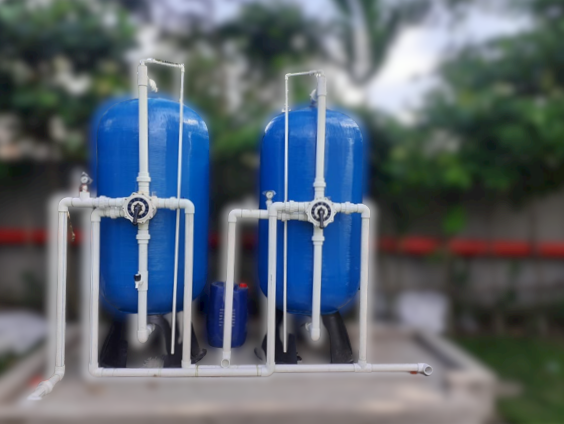
Water Softening Plant
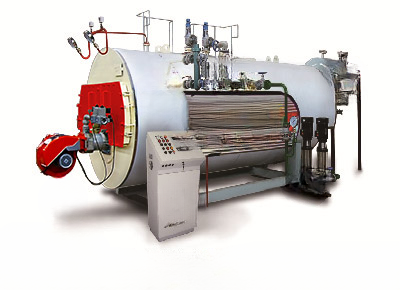
The Water Softening Plants are designed to produce treated Water to suit for various applications. Treated Water is of consistency quality with low residual hardness throughout the service cycle. The high synthetic resin is used to exchange Sodium ion with hardness forming Calcium and Magnesium ions.

